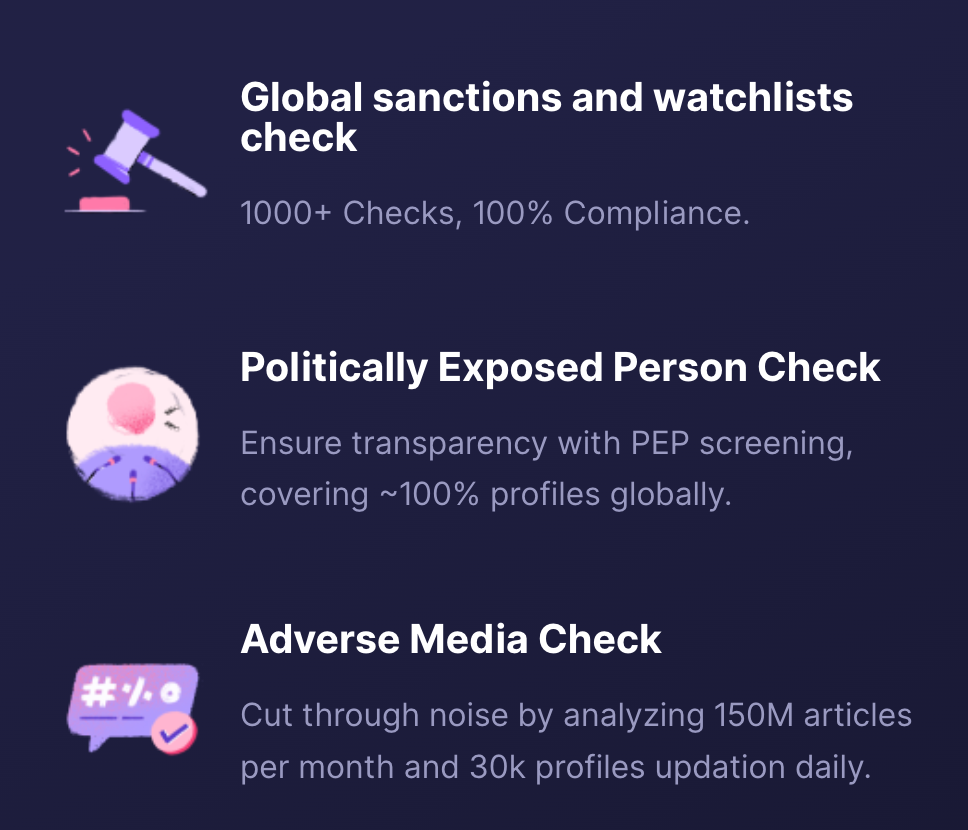In 2022, monetary establishments submitted an astonishing 3.6 million suspicious activity reports (SARs) to the U.S. Treasury’s Financial Crimes Enforcement Network (FinCEN), as conveyed by Thomson Reuters.
Every SAR filed by a financial institution marks a proactive measure to notify authorities about transactions or activities that seem out of the ordinary. These activities could range from civil and criminal penalties, known or suspected violations, and attempts at preventing money laundering to tax evasion schemes. Filing these reports is a requirement under the Bank Secrecy Act (BSA) and Financial Crimes Enforcement Network (FinCEN).
What is a Suspicious Activity Report?
A Suspicious Activity Report (SAR) is a document that financial institutions must file with regulatory bodies like the FinCEN in the U.S. when they detect suspicious transactions that may suggest money laundering, fraud, or other financial crimes.
Originating from the Bank Secrecy Act of 1970, suspicious activity reports were introduced to enhance financial transparency and assist in detecting and preventing money laundering, tax evasion, and financial crimes. The BSA requires the maintenance of records and filing of suspicious transaction reports by financial institutions, which could assist in identifying and thwarting financial misdemeanors, including the activities necessitating SAR filings.
A SAR’s primary goal is to alert law enforcement officials about odd actions, possibly hinting at law-breaking actions, including money laundering or terrorist funding. By submitting SARs, financial firms significantly aid the global effort against fiscal offenses, even leading to legal actions against those in unauthorized deeds.
Importance of SAR in Financial Institutions
Within finance-related industries, SARs are fundamental to the AML compliance framework. They serve as an initial defense, letting finance institutions report and stop doubtful transactions. This practice is not just about abiding by rules; it also safeguards monetary systems’ integrity, building public trust.
Financial bodies such as banks, credit unions, and money service businesses, rely on SARs to meet their legal duties and take an active role in spotting fiscal crimes.
When are Suspicious Activity Reports Required?
SARs are a fundamental component of the compliance framework within financial institutions mandated under the Bank Secrecy Act to combat money laundering, fraud, and other illicit economic activities. Below, you will find their types and when they are required:
Types of Suspicious Activities with Examples
- Large Cash Transactions: Any cash transactions exceeding $10,000 are inherently reportable, but those that appear to evade this threshold through structuring also raise red flags. For instance, if a customer makes several deposits just under $10,000 in a short period, it may suggest an attempt to avoid detection, necessitating a SAR.
- Unusual Account Activity: Sudden and unexplained changes in account activity, such as a normally inactive account suddenly executing high-volume transactions, require attention. An example could be a personal account that has had modest activity for years suddenly starts receiving and sending large wire transfers, indicating potential money laundering or fraud.
- Transactions Linked to High-Risk Jurisdictions: Engaging in transactions with countries known for high levels of corruption or terrorism financing is suspicious. For example, a U.S. company with no previous international business suddenly starts transacting with firms in a high-risk jurisdiction with no apparent business rationale.
- Wire Transfer Anomalies: Rapid, large-volume wire transfers that lack transparency or a lawful purpose, especially those involving multiple accounts or countries, signal criminal activity. An example includes a customer who frequently wires large sums to different accounts overseas without a legitimate business need, suggesting layering in money laundering and tax evasion.
- Mismatched Information: Transactions not matching the customer’s profile or business activities can indicate illicit activity and a federal criminal offense. For instance, an account held by a supposed small-scale local retailer receiving large, frequent deposits from foreign sources could signal an unlicensed money services business or other illegal activities.
How to File a Suspicious Activity Report?
Filing a Suspicious Activity Report is a straightforward process. Financial institutions operating with a federal banking license predominantly file SARs. However, the duty to file reports also applies to other financial sector entities like brokers, casinos, and money service businesses.
Essentially, any organization that manages transactions and falls under the regulatory authority of the Bank Secrecy Act must submit SARs when financial investigators identify questionable activities.
A SAR must include detailed information about the suspicious or criminal activity, including:
- The identity and personal details of the individuals involved, if known.
- The nature and date of the suspicious activity.
- The amount of money involved in the transaction.
- A detailed description of why the activity is deemed suspicious.
- Any actions the institution takes, such as closing accounts or refusing a transaction.
Best Practices for SAR Reporting
Here’s the process of filing a suspicious activity report:
Monitor All Transactions Closely
Implementing robust AML transaction monitoring systems for large transactions is essential to identify potentially suspicious activities across all transactions.
Follow Up on Any Unusual Behavior or Activity
Any detected unusual behavior or activity should prompt immediate investigation. Following up on these alerts can uncover patterns or details in criminal cases that necessitate SAR filing.
Establish SAR Reporting Processes
Establishing SAR Reporting Processes is vital within the broader AML and KYC frameworks to combat financial crimes. By integrating SAR reporting with KYC measures, which involve verifying customer identities and monitoring transactions, institutions can effectively mitigate risks and uphold the integrity of the financial system.
Document Everything Thoroughly
Thorough documentation of questionable behaviors, like how they were detected and the reasoning behind submitting a SAR, is imperative. Maintaining records can prove essential should a regulatory audit or inquiry occur.
File SAR Reports Quickly and Accurately
Financial institutions must submit suspicious activity reports within 30 days after discovering the questionable activity. Guaranteeing the report is correct and comprehensive is indispensable for it to be valuable to law enforcement agencies for authorization.
Maintain Confidentiality of SAR Reports
Protecting the confidential nature of SAR submissions is crucial at all times for government agencies. If you file suspicious activity reports without consent, it could undermine investigations and lead to legal repercussions.
Enhance Your SAR Workflow for Maximum Efficiency
Enhancing your suspicious activity report workflow with digital solutions significantly boosts efficiency and accuracy in detecting and reporting suspicious activities.
Transitioning from manual to digital SAR processes brings many benefits that streamline compliance operations. Here’s a brief overview of how digitalization enhances the SAR filing workflow:
- Speed and Accuracy: By digitizing data entry and validation procedures, electronic SAR platforms notably decrease the time spent on submitting filings and augment the precision of the reports, alleviating the hazards of faults that can emerge with handwritten workflows.
- Efficiency: Digital solutions integrate smoothly with transaction oversight systems, allowing live observation and communication of questionable behaviors. This not only expedites the process but also guarantees that monetary establishments can react rapidly to alleviate likely dangers.
- Security: Through state-of-the-art encryption and protected access management, computerized suspicious activity report procedures give outstanding security for delicate information. This keeps in accordance with strict administrative prerequisites for information security and privacy.
- Compliance: Automated activity logs and record-keeping provided by digital systems simplify the audit process, making it easier for institutions to demonstrate adherence to compliance standards, including those set forth by the Bank Secrecy Act.
Conclusion
HyperVerge’s Anti-Money Laundering (AML) solution leverages artificial intelligence to streamline AML compliance procedures. Here’s how our technology makes a difference:
- Automated Detection and Analysis: Through the application of artificial intelligence to objectively identify and interpret potentially problematic behaviors, HyperVerge diminishes the duration and labor essential for handbook assessments.
- Seamless Integration: HyperVerge’s technology integrates seamlessly with current financial systems, guaranteeing that data moves without problems from transaction observation to SAR submission.
- Advanced-Data Management: HyperVerge prioritizes meticulous information administration, guaranteeing all applicable client and exchange subtleties are precisely recorded and sensibly open.

Ready to get started? Sign up today and join the leading edge of AML compliance.





















